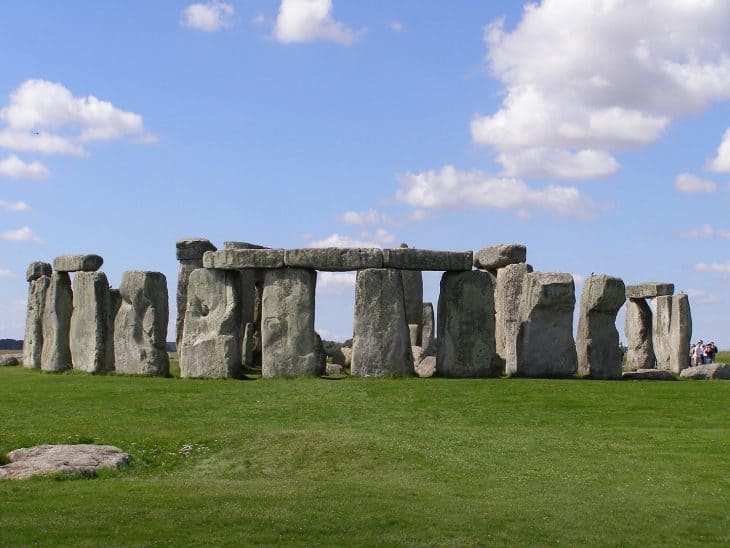
Literally standing the test of time, Stonehenge proves how hard it can be to decode the past, even for something that has been around forever. As one of the world’s ancient wonders, Stonehenge remains as one of England’s most famous and mysterious historical landmarks. Even after centuries of study, scientists and experts continue to search for hints of meaning in its rocky structures. All mystery aside, find out what we know about it so far with these Stonehenge facts.
- Stonehenge lies 3 km west of the English town of Amesbury.
- Not including lost or buried ones, 93 stones make up Stonehenge.
- Only 30 of these are the standing stones that make up Stonehenge’s ring.
- The upright stones stand 4 meters high, 2 meters wide, with a weight of 25 tons.
- Around 1.6 million people go to Stonehenge every year.
- Stonehenge’s oldest parts date back to 3100 BC.
- The oldest stonework at Stonehenge goes back to 2600 BC.
- The Stonehenge of today was mostly completed in 2400 BC.
- Stonehenge’s stonework was later rearranged between 2280 BC to 1930 BC.
- The last major additions to Stonehenge were finally made in 1600 BC.
- Archaeologists first really began to study Stonehenge in the 17th Century.
- Stonehenge’s burial pits were first discovered in the early-19th Century.
- The first modern restoration of Stonehenge took place in 1901.
- The most recent restoration of Stonehenge took place in 1963.
- In 2014, archaeologists found evidence that Stonehenge’s origins might actually go back to 4000 BC.
- The British government first gave Stonehenge legal protection in 1882.
- UNESCO later declared Stonehenge a World Heritage Site in 1986.
- The British Crown legally owns Stonehenge and the land it stands on.
- The land surrounding Stonehenge is, in turn, owned by the National Trust.
- Both sets of properties have their interests managed by the English Heritage charity organization.
Stonehenge stands on a prehistoric burial site.
Dating back to 8000 BC, the land around Stonehenge had wooden markers placed on the surface. Archaeologists believe that those served as more than just grave markers, but precursors to the stonework we see at Stonehenge today.
Although the wooden markers have all rotted away by now, archaeologists located the indents they left behind in the ground. Inside the pits, they found remains that allowed the archaeologists to identify the markers. Upon close inspection, the markers were actually made from pine, forming a circular shape and a diameter of 0.75 meters.
Even at the time, the prehistoric Stonehenge had ritual significance.
It was primarily a burial ground, but the arrangement of the pits suggests that the site had more purposes. In particular, it suggests that the wooden markers once formed an east-west alignment. Archaeologists hypothesize it may have a connection with a prehistoric lunar calendar, marking certain days of the year like the solstices and equinoxes. How’s that for a stellar example of Stonehenge Facts?
Archaeologists refer to Stonehenge’s oldest sections as Stonehenge I.
As with any structure, Stonehenge was built from the ground up. This makes the earth bank and ditch its oldest parts, with a diameter of 110 meters and have 2 entrances. The main entrance faces the northeast, while the smaller side-entrance faces south.
Archaeologists have also discovered bones from deer and oxen at the bottom of all the earthwork, alone with stone stools. Upon studying the bones, they also discovered that the animals were all well-cared for before their deaths. Along with the tools, this led archaeologists to consider them as ritual offerings.
A ring of pits surrounds Stonehenge I.
Each of them has a diameter of around 1 meter, collectively known as the Aubrey Holes. The name comes from John Aubrey, a 17th Century antiquarian who made the first scientific studies into Stonehenge. Through his studies, Aubrey discovered that the pits around Stonehenge had historical value. Today, archaeologists believe that more wooden markers once stood in the pits around Stonehenge I.
However, recent evidence suggests that stone pillars even older than the ones that stand today may have stood in the pits instead of wood. Once it is confirmed that stone pillars stood in the Aubrey Holes, it would push the starting date of building Stonehenge another 500 years into the past.
Scientists have found over 50,000 bone fragments dating back to Stonehenge I.
Surprisingly enough, despite breaking up into so many pieces, DNA evidence points to them belonging to only 63 people. Further study of the bones indicated that their bodies weren’t buried immediately, but were first cremated before being laid to rest.
Along with studies of soil samples in the surrounding area, scientists confirmed that the deceased did not live in the Stonehenge area before their deaths. The bodies belonged to an equal number of men and women, of all ages ranging from children to adults.

Stonehenge II is the most mysterious section of Stonehenge.
Scientists only know about it from a few bits and pieces of evidence around the entrances and in the ditch. The evidence from the entrances seem to point to ancient Britons building some kind of wooden structures at both entrances.
The ditch also held more cremated human remains, which led archaeologists to think that Stonehenge might have become a crematorium during this time.
Stones were only used for this landmark in Stonehenge III.
While the name may suggest otherwise, the early parts of Stonehenge used wood and dirt pits. The titular stone that we see today were not added until Stonehenge III used stone pillars, forming a double ring.
Most scientists think that the ancient Britons dug up the stones used in Stonehenge.
Studies of the rock still standing today or found buried in the earth have led scientists to places with similar rocks in the region. So far, the most likely source for these rocks is Preseli Hills in Wales, found 240 km away from Stonehenge. However, it’s still unclear how the ancient Britons moved the massive stones over such a long distance. Definitely one of the more mysterious Stonehenge facts.
The Britons may have used rocks from a quarry in Wales.
In 2011, archaeologists discovered an ancient quarry in Wales. The quarry was naturally abandoned, but present at the site were partly-dug stones like those used in Stonehenge. At the quarry, they found dolerite, a volcanic rock known as bluestone that was the same kind used for the standing stones of Stonehenge.
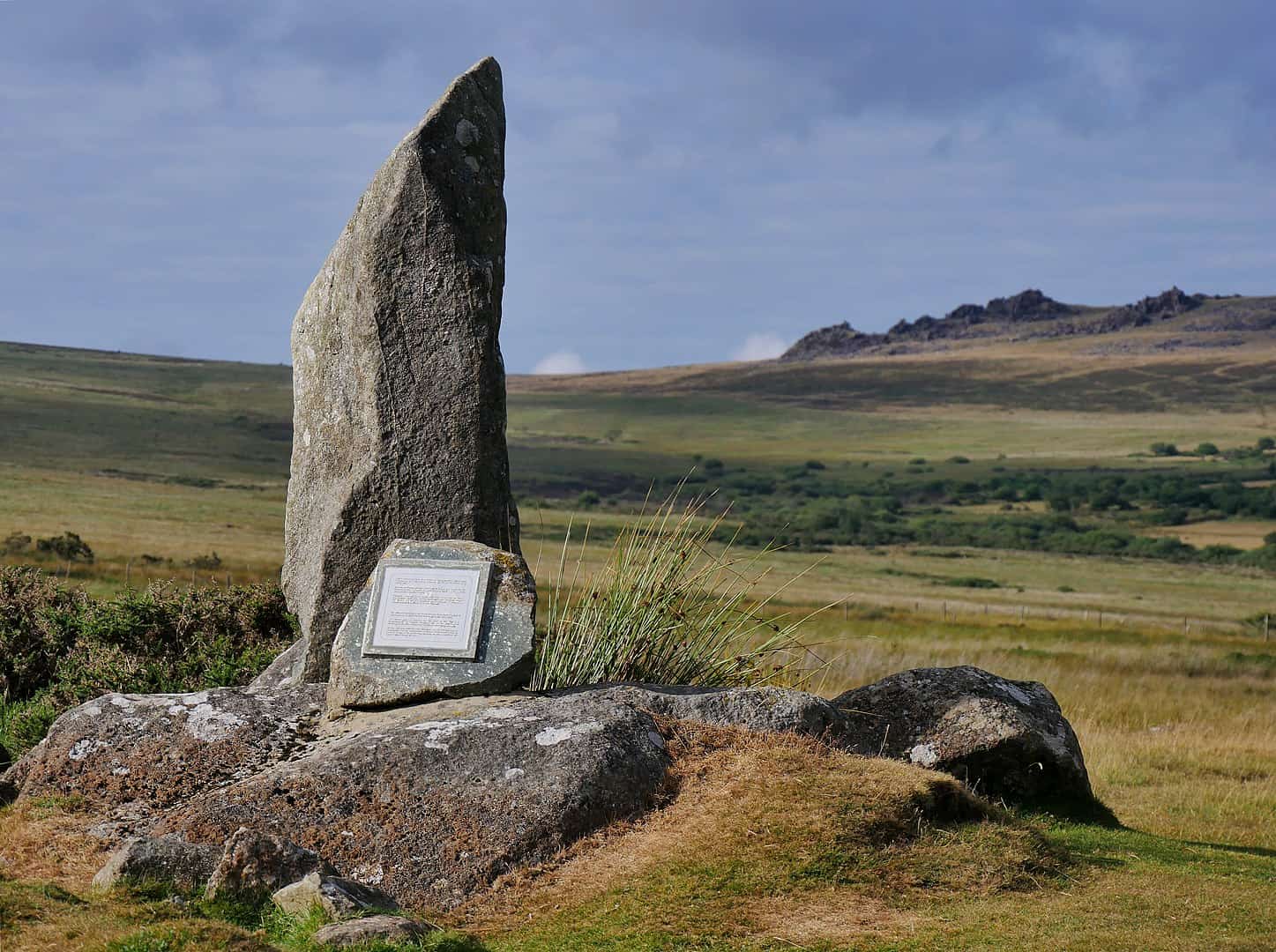
Stonehenge uses different kinds of rocks.
While bluestone makes up the standing stones, other types of rock form the structure of Stonehenge. For one, lintels made of sandstone sit atop two or more standing stones. Typically, the smaller formations are also made of sandstone.
Scientists do have some ideas on how the ancient Britons moved the stones.
The most likely theory comes from studies on how other ancient peoples like the Chinese, Indians, and Japanese built similar structures elsewhere in the world. Scientists believe that the ancient Britons loaded the stones onto rectangular frames on top of poles assembled in rows. This mechanism made it easier to move the stones over large distances, but scientists still aren’t sure if the ancient Britons moved the stones directly to their final destination.
There are other theories about the stones’ origins.
Another theory suggests that glaciers from the last Ice Age moved the stones close to their location, where they eventually got trapped in ice. Once the ice melted, the stones remained for the ancient Britons to eventually pick up. However, most scientists dismiss this theory due to the lack of evidence. Additionally, the glaciers of the last Ice Age never reached as far south as England. How’s that for curious Stonehenge facts?
Some of the stones at Stonehenge might have come from other ancient sites.
Stonehenge’s Altar Stone, for example, originally came from the Senni Beds, lying 50 km to the east. Scientists believe that the ancient Britons moved the stones around with them when they migrated, as the stones served as a solid link to their tribe or community’s identity.
Other stones, such as the ones moved from Preseli to Stonehenge, resulted from the merger of multiple tribes and communities into one. Similarly, scientists believe that the ancient Britons merged their sacred sites together to cement their union in a religious sense.
Stonehenge III saw an attempted expansion of the site.
Archaeologists have found evidence that the ancient Britons worked to expand the main entrance. However, the expansion was never finished, with the removal or rearrangement of the stones from their positions possibly hinting at the reason. That said, scientists still haven’t figured out why the Britons postponed its construction.
Stonehenge’s Altar Stone was actually laid down in Stonehenge III.
Weighing around 60 tons, this piece of sandstone would have towered 2 meters high. At present, it lies on its back on the ground, with another stone hoisted on top. This is what scientists call Stone 55, believing that the positioning was entirely out of accident. Stonehenge’s builders likely did not put Stone 55 on top of the Altar Stone – it’s likely that it just fell onto it in the past.
The Altar Stone may not actually be an altar.
Upon studying it in the 17th Century, architect Inigo Jones named it the Altar Stone for its position in the rough center of Stonehenge. That said, he admitted that it really was just an assumption and that the Altar Stone isn’t literally an altar. Today, archaeologists still study the Altar Stone’s true purposes.
Another important stone laid down in Stonehenge III is the Heel Stone.
Standing outside of Stonehenge’s main entrance, the Heel Stone is a sandstone block measuring 5 meters high and 2 meters thick. Weighing a hefty 35 tons, the Heel Stone stands around 77 meters from Stonehenge’s center.
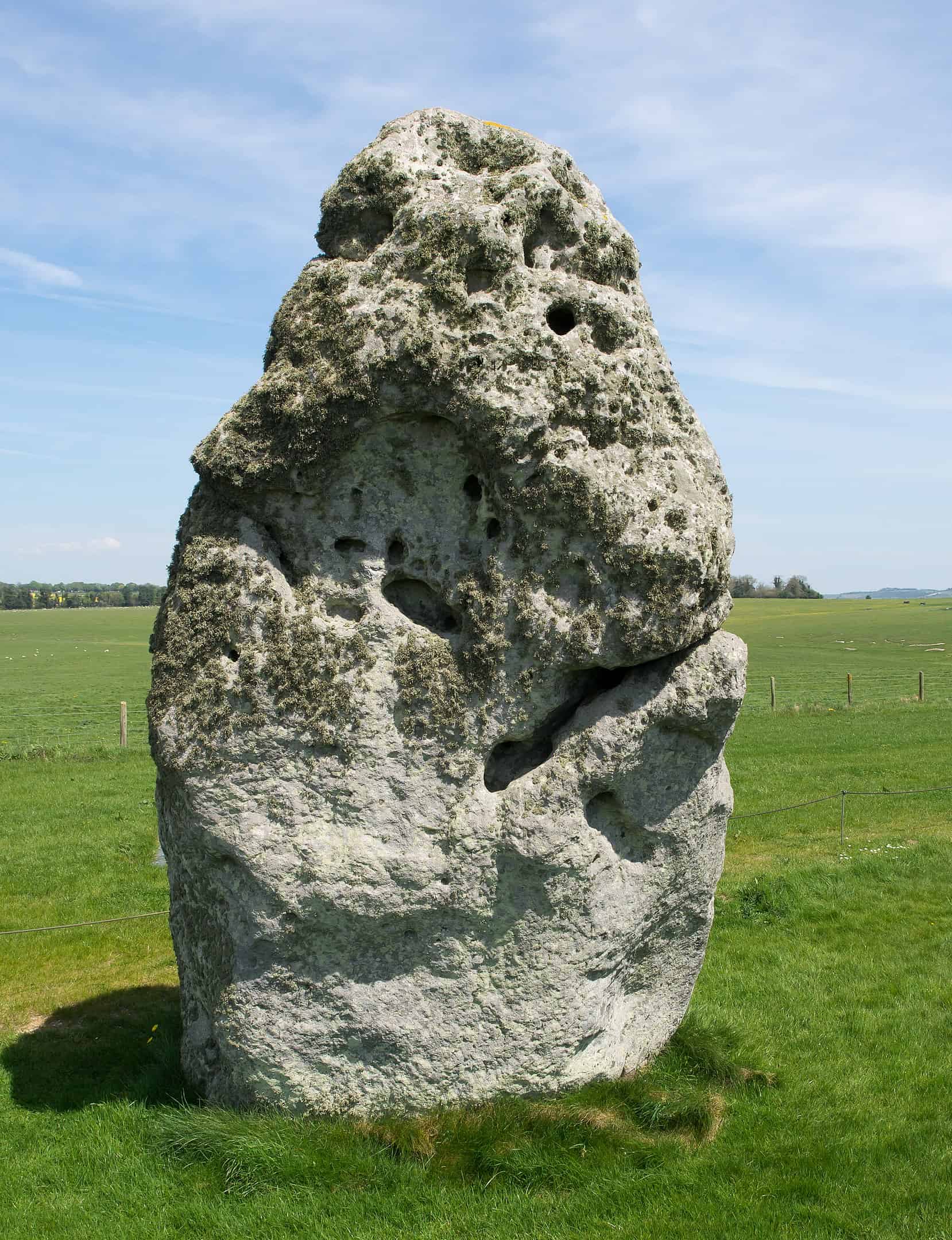
There’s a story behind the Heel Stone’s name.
The most recent theory is that the name comes from Christian priests in the Middle Ages. Apparently, these priests believed that the stone was once used by the devil to scrape his shoe, thus calling it the Devil’s Heel Stone. However, archaeologists believe that the name’s real origin is even older than the Middle Ages.
In Pagan times, people called it Freyja’s He-ol after the Norse goddess. Meanwhile He-ol means way, implying that the stone marked Freyja’s way, a poetic name for the path leading to Stonehenge’s entrance. Today, scientists believe that the current name is a corruption of both origins from the passing of time.
There are other major stones lingering from Stonehenge III.
There’s the Slaughter Stone, the only remaining stonework around the main entrance. Then there’s the Station Stones, of which only 2 remain, which once formed a rectangle between them, standing on the inner edge of Stonehenge’s bank. And then there’s Stonehenge Avenue, a pair of ditches and banks leading 3 km away towards the Avon River.
The outer ring and part of the inner ring of modern Stonehenge come from Stonehenge III-2.
The ancient Britons also came up with an interesting way to keep the stones together. Instead of just resting on top of each other, the standing stones actually have a pair of stone needles sticking out of their tops. These fit into holes cut into the stone laid on top of them, holding them together like Lego.
The ancient Britons who worked on Stonehenge at this time also left their mark, literally. Specifically, they carved dagger and axehead symbols into the stones, but scientists still don’t know what these symbols mean. t
Archaeologists have found evidence of sacrifices dating back to Stonehenge III-2.
Around 3 km away from Stonehenge, archaeologists recovered the remains of horse sacrifices. Studies of the remains revealed that the animals died in midwinter and midsummer, most likely as part of religious festivals at those times of the year. DNA evidence also proved that some of the horses come from as far away as the Scottish highlands. How’s that for intriguing Stonehenge facts?
Archaeologists also found evidence of a wooden circle between Stonehenge and the Avon River.
Deliberately opposite Stonehenge, scientists discovered a wooden circle at the Avon River. At the same time, it’s positioned in a way that captures the rising and setting sun’s light across the circle. This had led scientists to think that the circle’s construction, and Stonehenge’s reconstruction, had a ritual significance to it.
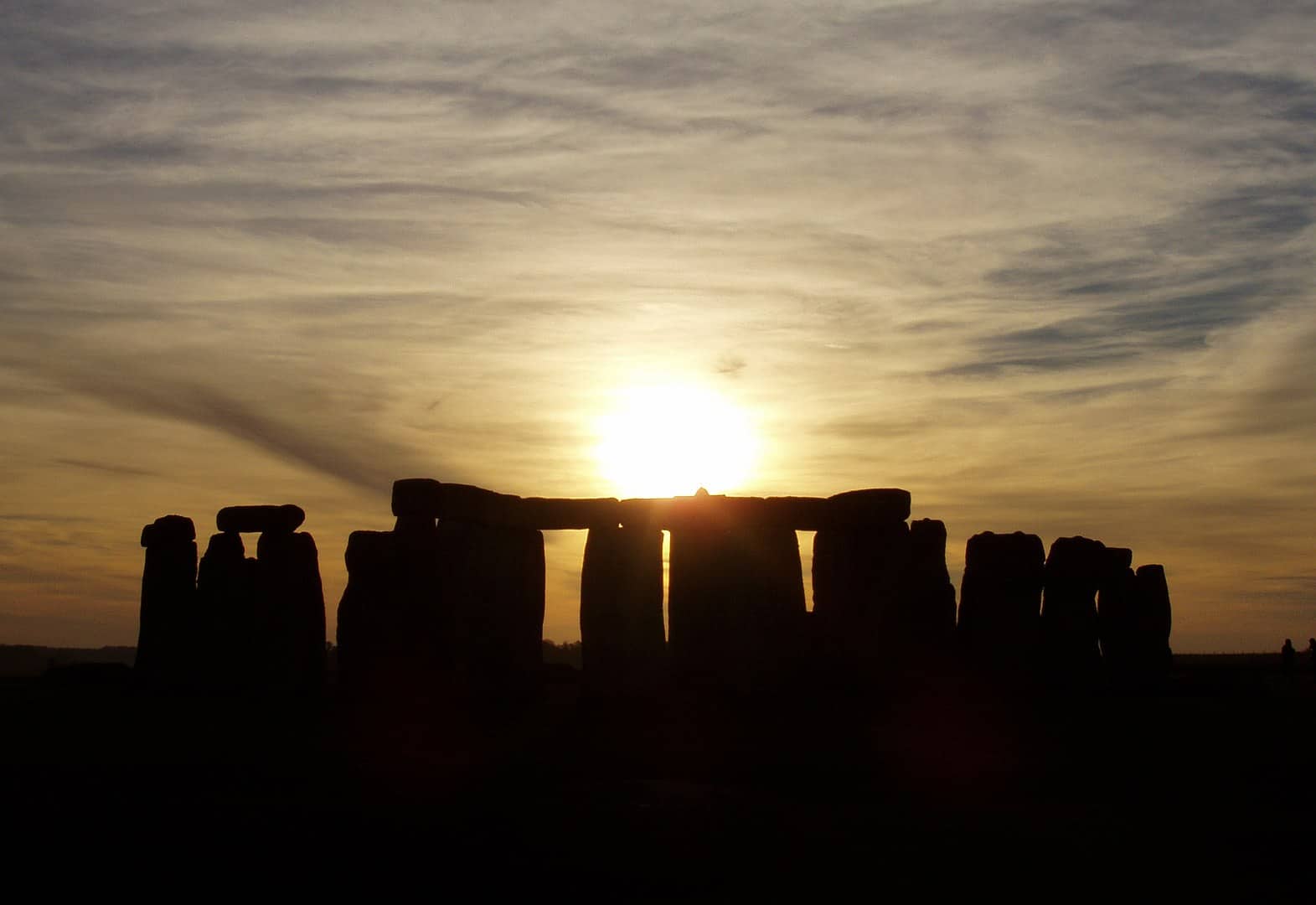
Scientists have a theory on the ritual relationship between the circles.
Scientists believe that the wooden circle represents the land of the living. In turn, Stonehenge represents the land of the dead. The avenue that connected them symbolizes the connection between both. With that, experts also theorize that funeral processions may have proceeded from the wooden circle to Stonehenge. Now there’s one for symbolic Stonehenge facts.
Stonehenge stayed in use until the Iron Age in the 8th Century BC.
The evidence that supports this includes an abandoned hill fort near the Avon River called Vespasian’s Camp. Despite the name, it doesn’t actually have any connection to the Romans, instead mistakenly named by British historian William Camden. Archaeologists have also found the buried body of a Saxon man dating to the 7th Century BC at Stonehenge.
Roman and medieval remains lie scattered across Stonehenge.
Among these remains, the artifacts mostly include coins, weapons, and tools. That said, no solid evidence suggests that Stonehenge had any importance in Roman and Medieval Britain. While medieval scholars knew and wrote about Stonehenge, their thoughts on the site had limited value on Stonehenge’s history.
There is no connection between King Arthur and Stonehenge.
One of the Stonehenge facts that often get thrown around is its association to King Arthur. However, this is merely a myth first started by the 12th Century priest Geoffrey of Monmouth, kept alive by modern popular fiction. In reality, there’s no connection between the archaeological and historical facts of Stonehenge and the origins of the King Arthur myth.
There is a modern religious element to Stonehenge.
In 1905, with Neo-Pagans and Neo-Druids gathered at Stonehenge on certain times of the year to hold religious rites. At the time the press ridiculed them for doing so, but by the 1980s, up to 30,000 people attended the rites at Midsummer. This eventually forced the British High Court to block access to the site, leading to a riot when police enforced the court order.
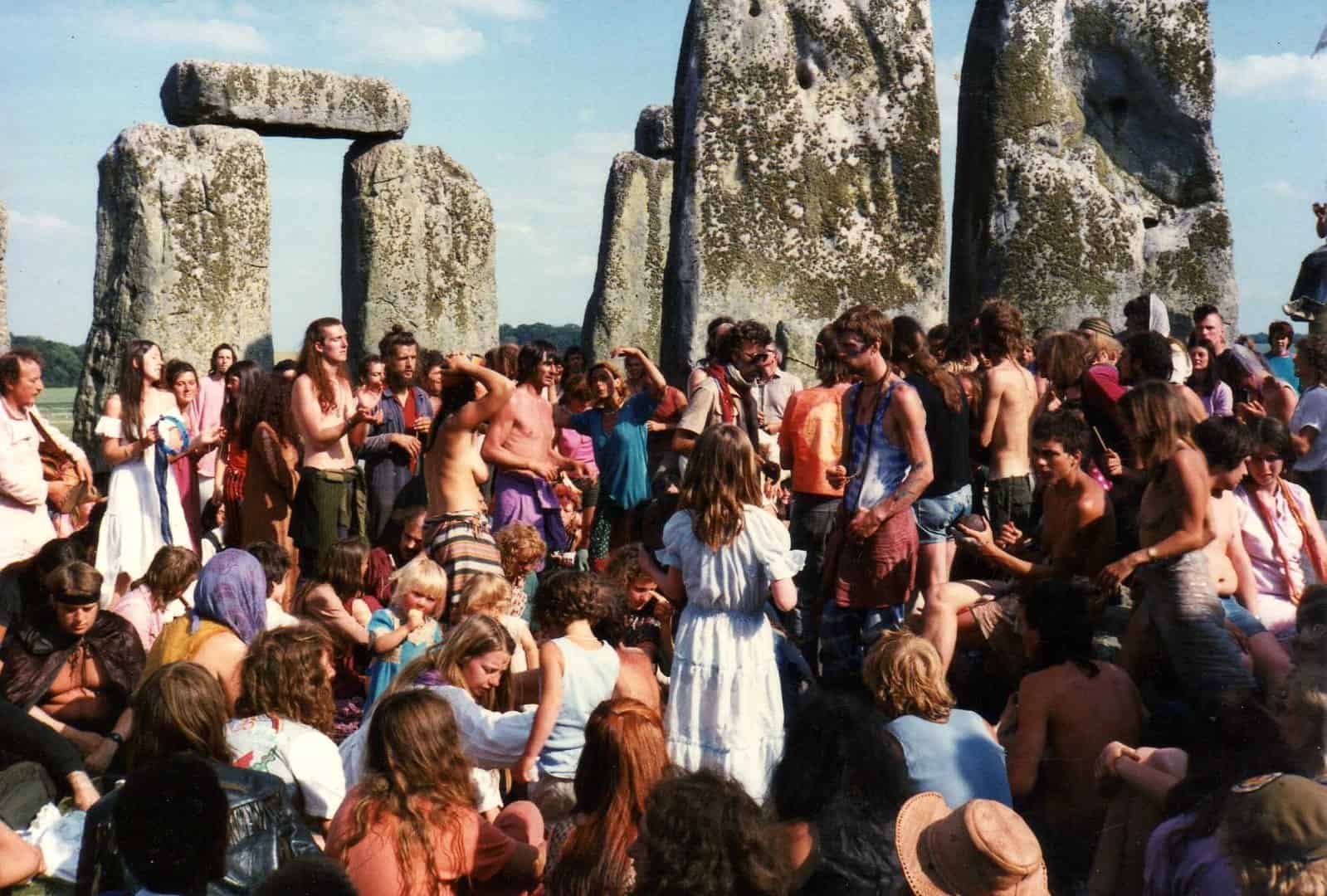
The ban on Stonehenge was only lifted in 1998.
In 1998, the European Union recognized the Neo-Pagans and others who sought access to Stonehenge as genuine religions. Thus, they also had the right to celebrate their religion in places of their choice. The British government initially limited access to just 100 people at a time, but those limits have steadily dropped. Today, up to 10,000 people attend religious rites at Stonehenge on important days of the year.
Visitors to Stonehenge aren’t allowed to touch the stones.
This actually predates the High Court decision to block access to the site in 1985. In 1977, authorities roped off the stones to limit the wear and tear of human activity. Instead, visitors must keep a certain distance from the stones.
A pair of roads pass close by Stonehenge.
If you want to visit Stonehenge, you would either come from A344 to the north or the A303 to the south. Their presence has caused a lot of criticism on how vehicle traffic could affect Stonehenge, such as exhaust gas causing acid rain that could, in turn, damage Stonehenge. This eventually led to the A344’s closure in 2013.

Was this page helpful?
Our commitment to delivering trustworthy and engaging content is at the heart of what we do. Each fact on our site is contributed by real users like you, bringing a wealth of diverse insights and information. To ensure the highest standards of accuracy and reliability, our dedicated editors meticulously review each submission. This process guarantees that the facts we share are not only fascinating but also credible. Trust in our commitment to quality and authenticity as you explore and learn with us.
